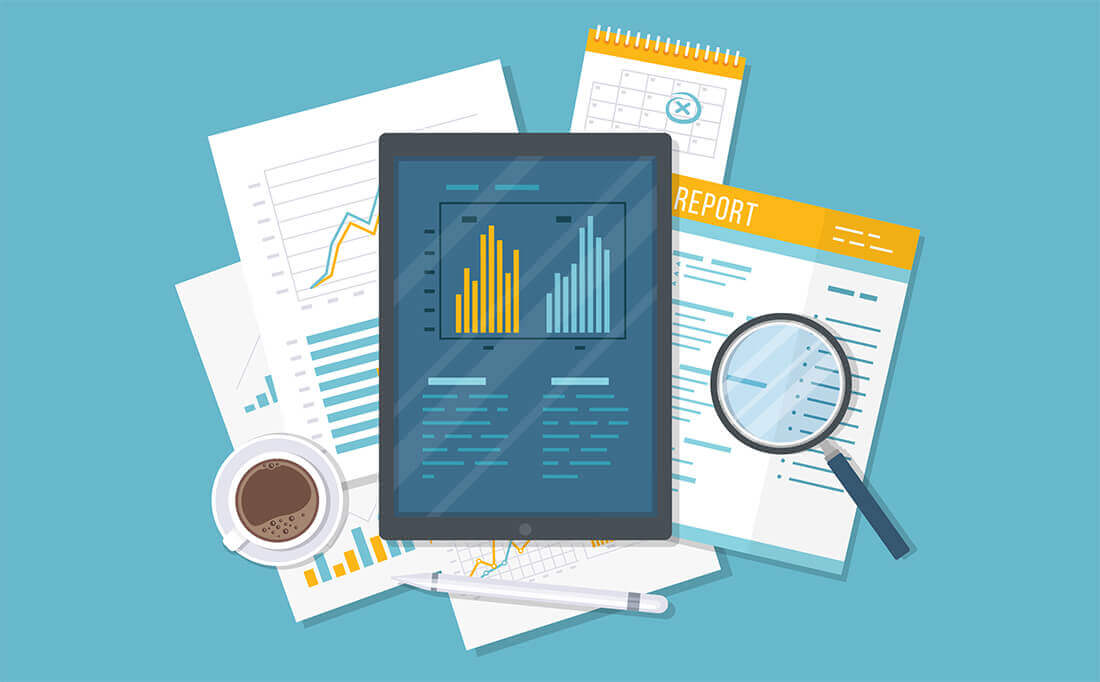Data and analytics are crucial to effective marketing, but many companies just scratch the surface of the actionable insights that can be obtained from their wealth of accumulated data. By utilizing the constantly expanding tools and methods from data science, machine learning, and AI, a company can move from merely data-informed tactics to true data-driven strategy.
Traditional marketing measurement uses descriptive analytics to look back and tell us what happened in the past. Data collection tools are deployed and KPIs like reach, site visits, leads, and purchases, are defined to determine effectiveness of each channel and each campaign. A marketing strategist uses this information and their experience to plan the next steps.
But our data investigation doesn’t need to stop there. Once we have sufficient historical data, we can move beyond descriptive statistics and introduce predictive analytics to forecast and answer key “What If” questions (for example):
- What if we cut back to just two channels?
- What if we increase our paid search budget by 50%?
- How will brand awareness increase with spending on our social campaigns?
Over the past decade, our volume of available data and processing power has increased exponentially, as have the tools we have at our disposal. Now, it is not just in research settings with supercomputers that data scientists and statisticians are able to take advantage of the next level of analytics.
Prescriptive analytics doesn’t just let us predict results based on our plan. The models instead run many predicted scenarios and give us a plan that will optimize our KPIs. Many companies are already taking advantage of this revolution in data science without even realizing it. If your company is using platforms like Google Ads, Facebook, or Salesforce, their AI components are constantly tweaking their activity to find the best combination of copy, audience, time to provide you the best return on your marketing spend.
However, most of these companies can only optimize within their respective platforms. The next step is to utilize these models across all of your marketing from direct mail to social. Instead of looking at single KPIs from each platform, you should look instead at the full business picture across all platforms with the addition of your CRM/ERP data. This allows you to pinpoint the marketing combinations that maximize the things important to your business (CLV and margins, for example), while making data-driven strategic decisions on how best to distribute your budget across campaigns, seasons, locations, and channels.
Personally, one of my favorite alternative interpretations of AI is Augmented Intelligence. We aren’t near removing human intelligence from the field of marketing strategy, but these new advances are business-critical additions to any strategist’s toolbox.

